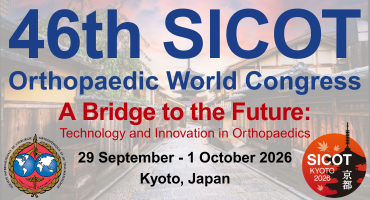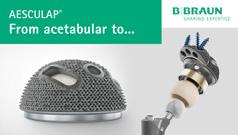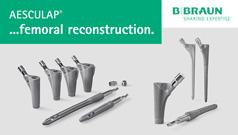Remote monitoring of bone healing via bending with direct electromagnetic coupling sensing in an exploratory tibial fracture study
Injury. 2025 Sep 23;56(11):112771. doi: 10.1016/j.injury.2025.112771. Online ahead of print.
ABSTRACT
OBJECTIVES: The purpose of this study was to evaluate the feasibility and efficacy of longitudinal bending measurements to monitor the progression of fracture healing. Standard methods for evaluating bone healing rely on the assessment of radiographs, which is subjective in nature and intractable during the first several weeks of healing due to the delayed timeframe of radiographically visible mineralization. In contrast, bending measurements can provide a direct objective measurement of fracture stability that is sensitive to soft callus formation during the acute healing phase.
METHODS: In this study, a direct electromagnetic coupling (DEC) sensing system, which measures bending compliance, was evaluated in an exploratory observational study of diaphyseal tibial fracture patients. Longitudinal measurements were obtained from five patients at their clinical visits and remotely from 14 patients in their homes.
RESULTS: The DEC bending data satisfied repeatability criteria of less than 10 % precision error in 12 of 14 remote patients. As expected, bending compliance decreased with time for 17 of 18 fractures that resulted in union. One fracture resulted in non-union, and the corresponding bending compliance increased with time. The bending compliance rate of change, determined as early as 4 weeks post-injury, detected significant differences between patients with and without non-steroidal anti-inflammatory drug (NSAID) use and between patients with and without co-morbidities.
CONCLUSIONS: These results demonstrated the feasibility of remote bending measurements using DEC, which provide a precise metric of early fracture healing rate that may be invaluable for clinical patient management and as an outcome measure in clinical research.
PMID:41033087 | DOI:10.1016/j.injury.2025.112771

















